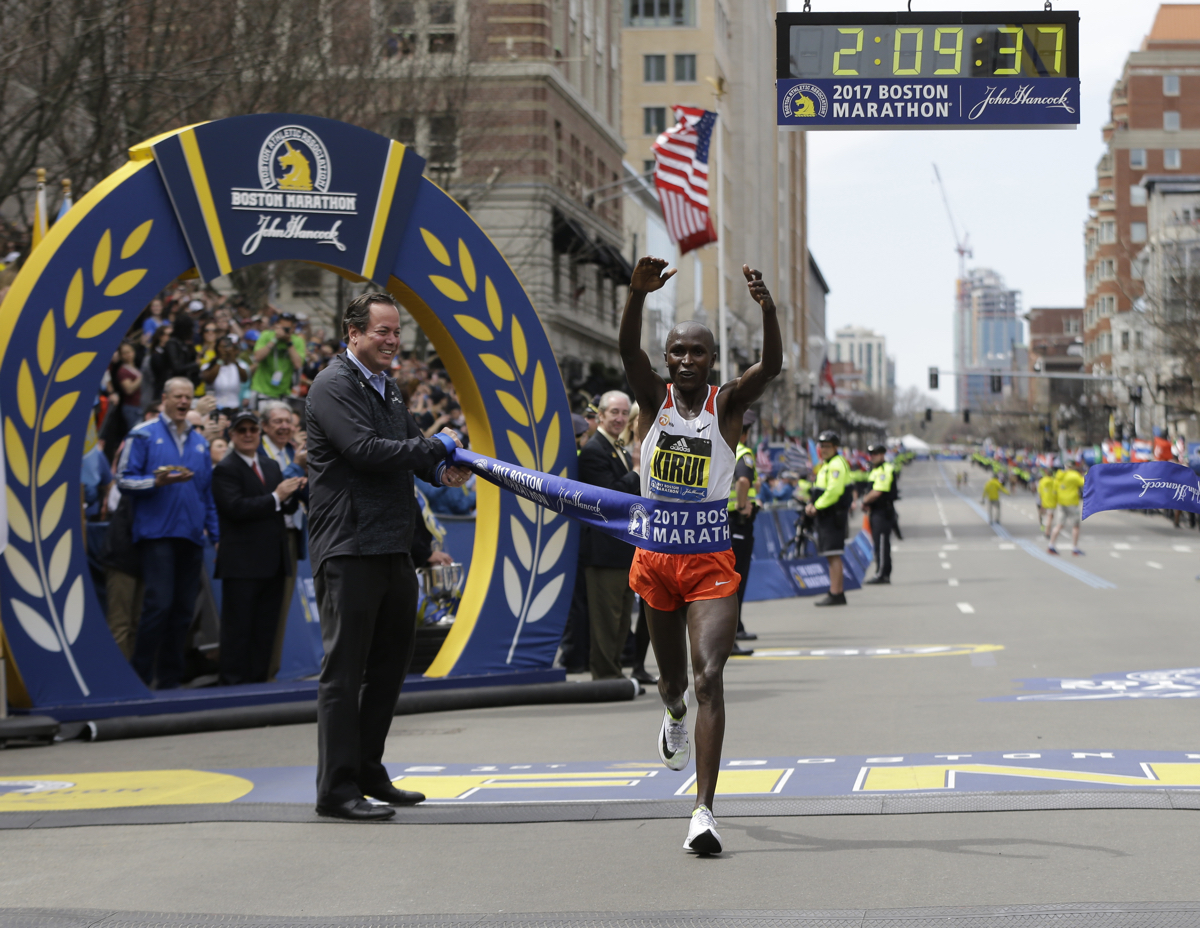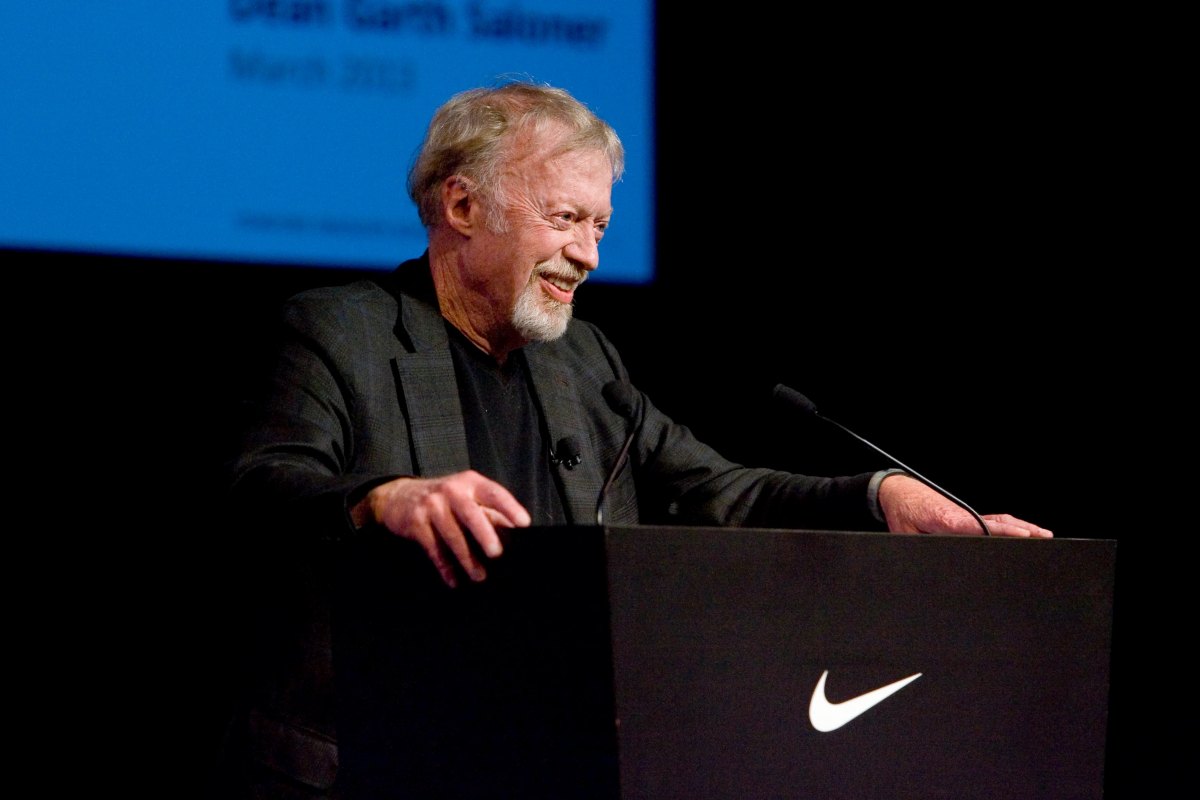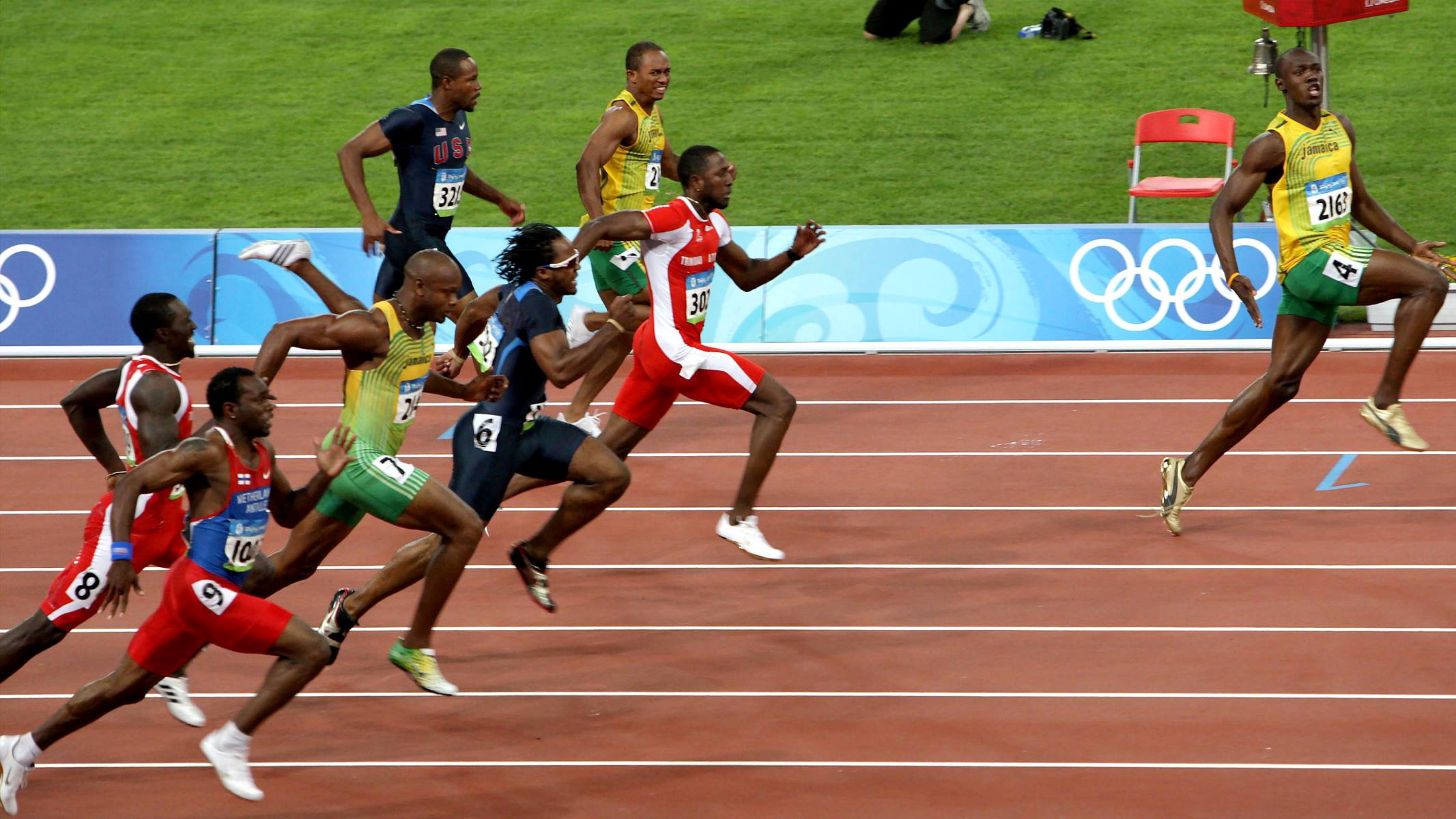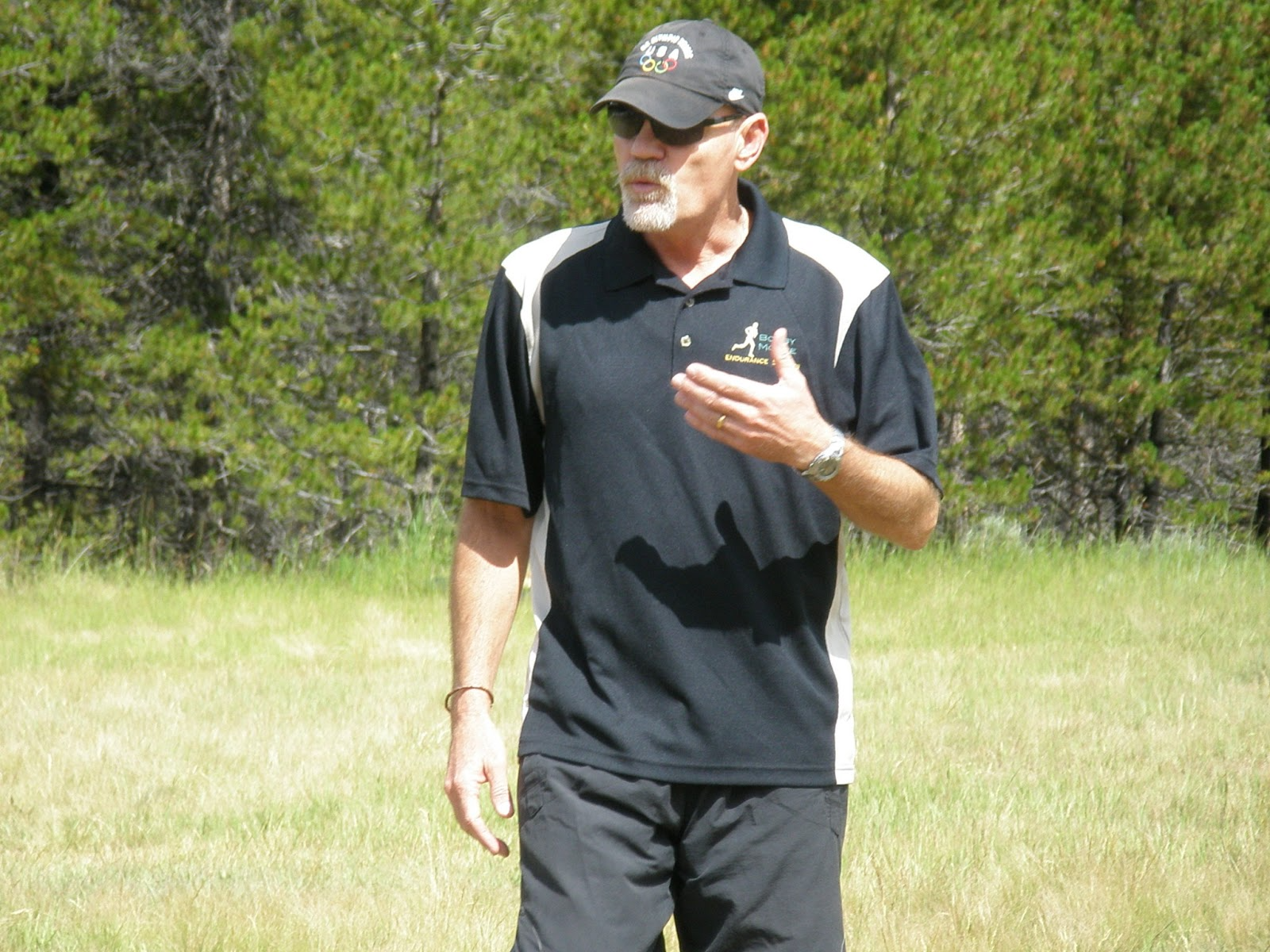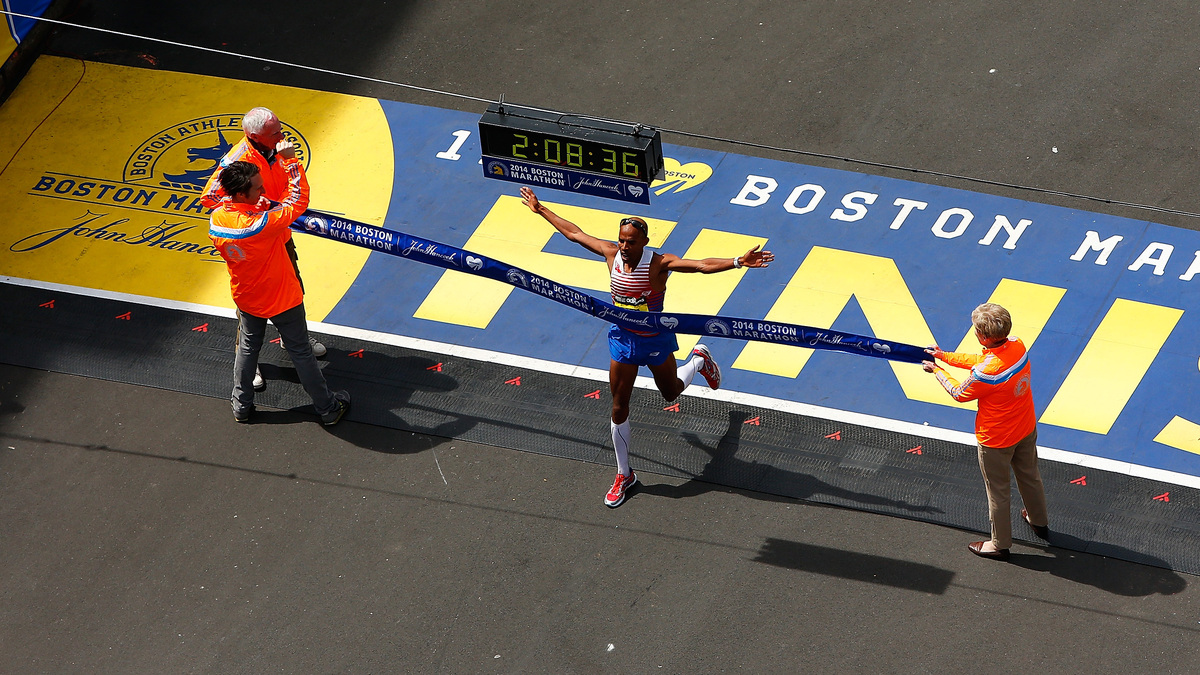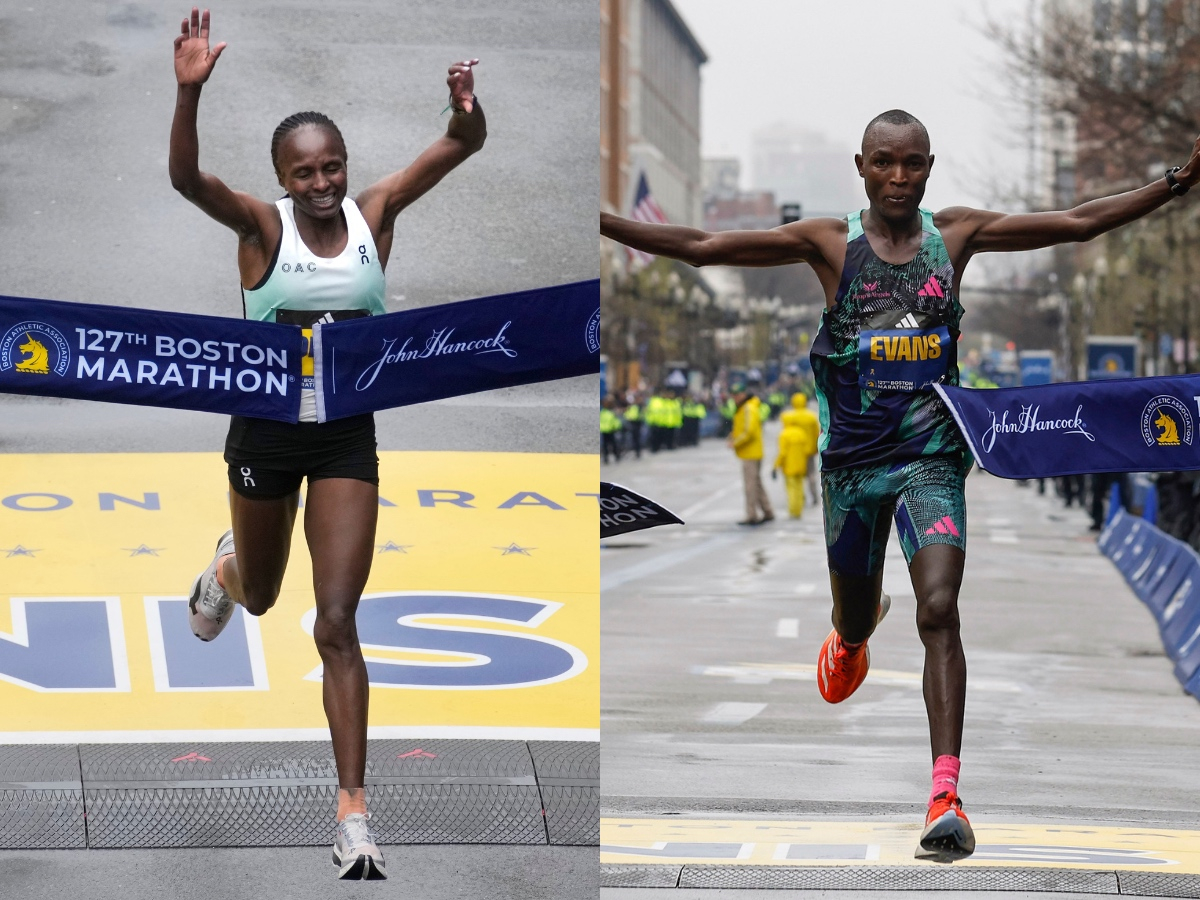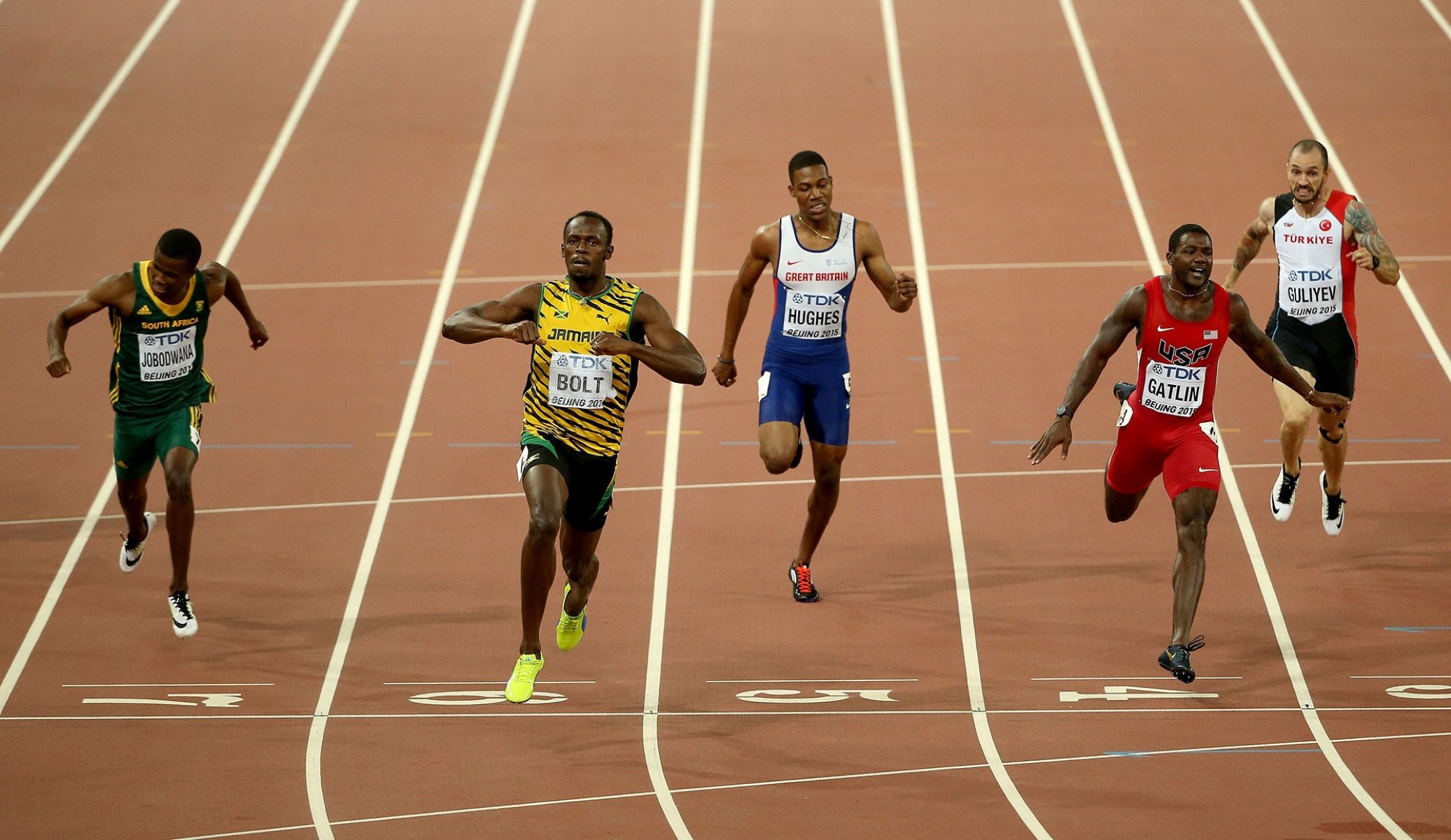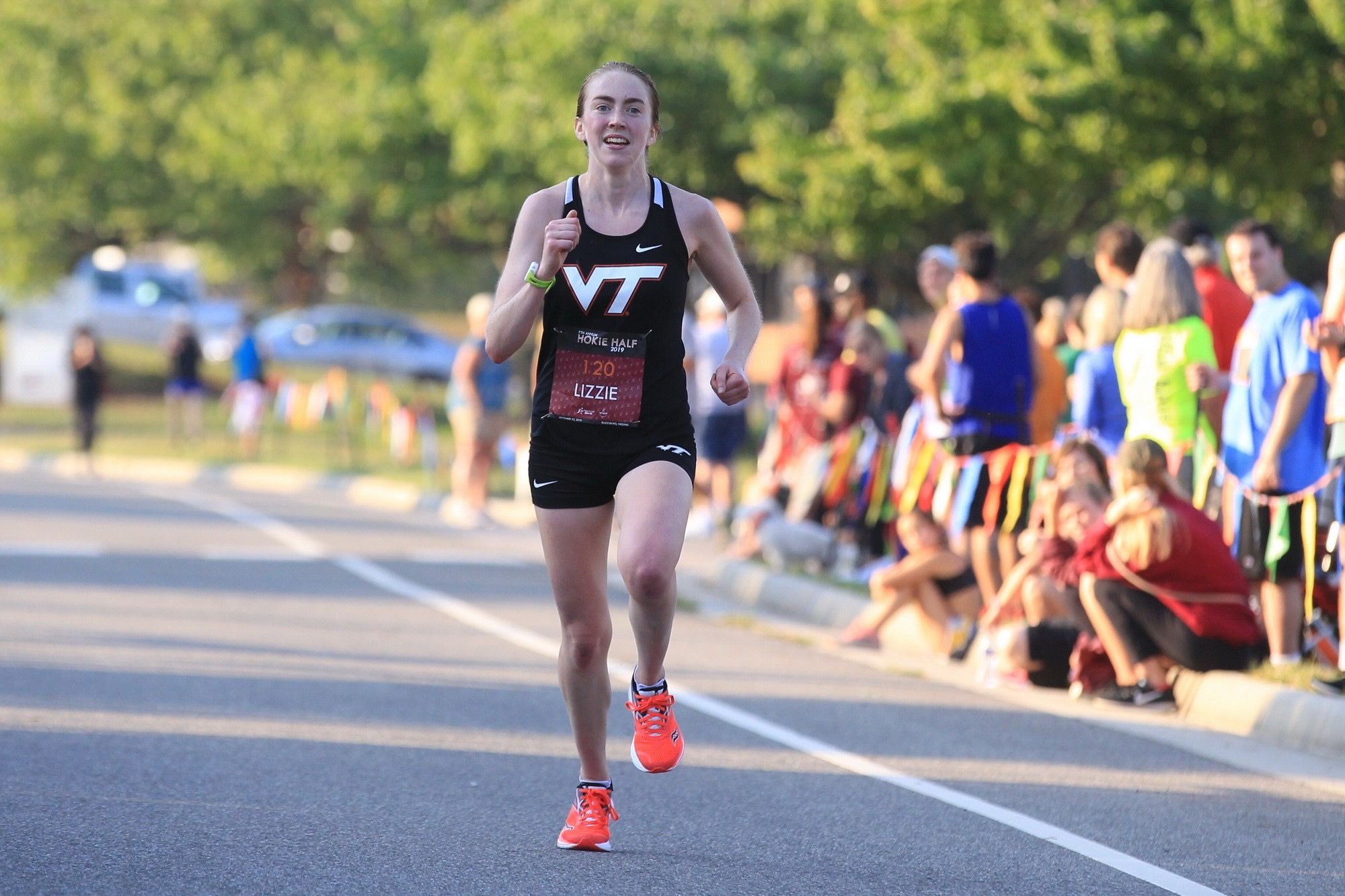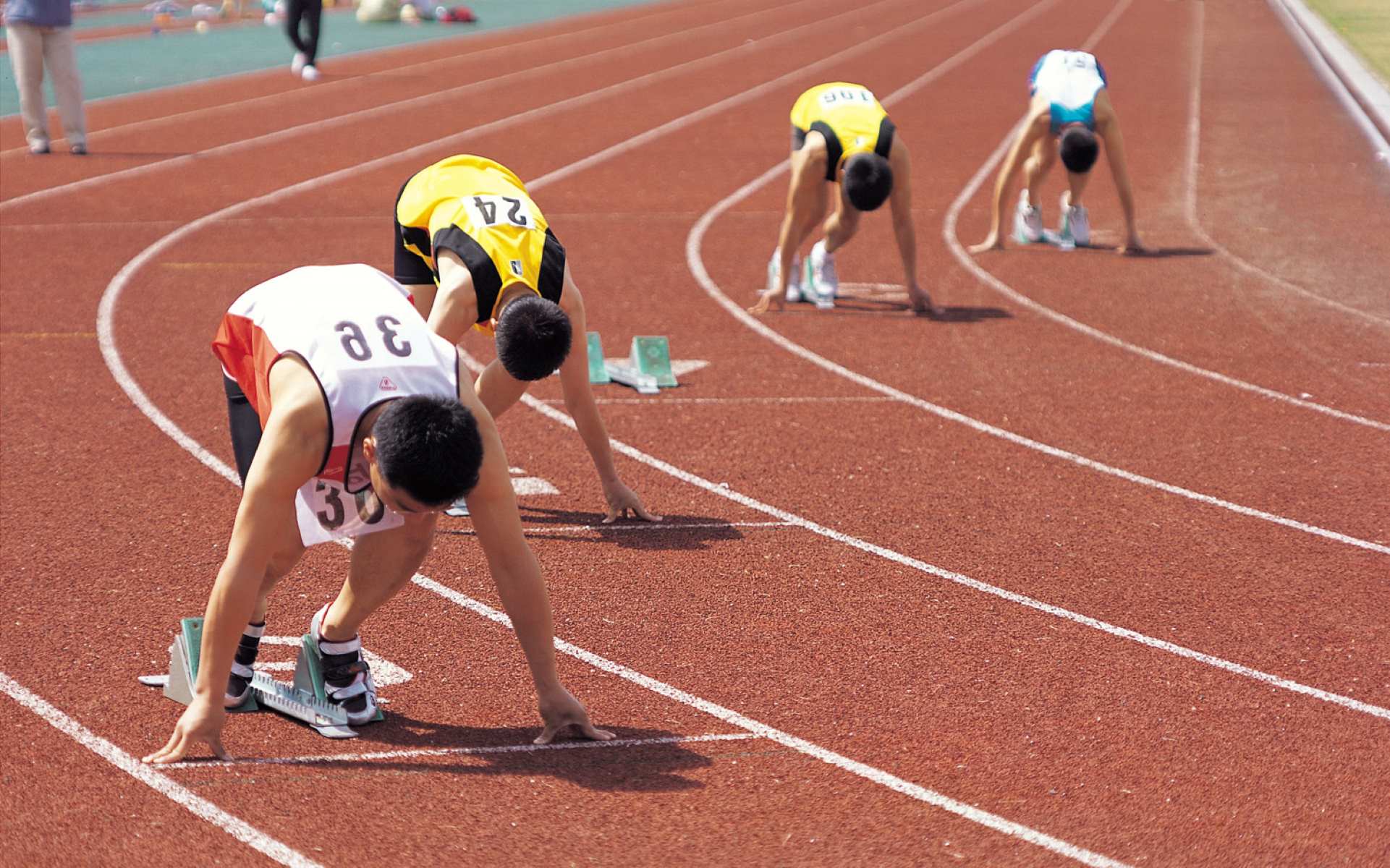

Featured
When Did Track And Field Start
Modified: January 22, 2024
Discover the origins of track and field. Explore the history and evolution of this featured sport, from ancient civilizations to modern-day competitions.
Introduction
Track and field is a sport that has been enjoyed by athletes and spectators for centuries. It is a sport that encompasses various athletic events such as running, jumping, and throwing, and has a rich historical background. From its ancient origins to its modern-day global popularity, track and field has evolved and captivated people across different civilizations and cultures.
The origins of track and field can be traced back to ancient civilizations, where running, jumping, and throwing were essential skills for survival and warfare. These athletic activities gradually transformed into organized competitions, laying the foundation for what we now know as track and field.
In the middle ages, track and field took on a different form, with events like the “mob football” and cross-country running gaining prominence. These activities provided entertainment and a way for people to showcase their physical prowess.
During the Renaissance and early modern era, track and field started to become more structured and regulated. Athletic clubs and societies were formed, and rules were established to govern the various events. This laid the groundwork for the development of modern track and field.
The modern era of track and field began in the late 19th century when standardized rules and regulations were introduced. The sport saw significant advancements in terms of techniques, equipment, and training methods. It also gained popularity with the establishment of international competitions and the inclusion of track and field events in prestigious events like the Olympic Games.
Today, track and field is a global sport that showcases the athleticism and skills of athletes from around the world. It has become a cornerstone of the Olympic Games and is one of the most watched and celebrated sporting events internationally.
In this article, we will explore the ancient origins of track and field, delve into its development in the middle ages and renaissance, discuss its modernization, popularization, and globalization, and examine the role of track and field in the Olympic Games. By delving into its rich history and evolution, we can truly appreciate the extraordinary legacy of this exceptional sport.
Ancient Origins of Track and Field
Track and field has its roots in ancient civilizations, where running, jumping, and throwing were essential skills for survival and warfare. These athletic activities eventually evolved into organized competitions, forming the foundation of track and field as we know it today.
Ancient civilizations such as ancient Egypt, Greece, and Mesopotamia all had their own forms of athletic games that included elements of running, jumping, and throwing. In ancient Egypt, the sport of “heb sed” involved running, jumping, and wrestling. The Greeks developed the Olympic Games, a prestigious sporting event that showcased various track and field events like sprinting, long jumping, and discus throwing. These games were held in honor of the gods and were considered important religious and cultural events.
Around 776 BC, the Olympic Games were officially established in Olympia, Greece. They were held every four years and became a symbol of Greek unity and pride. The track events consisted of short-distance races, long-distance races, and relay races. Jumping events like the long jump and the high jump were also included. The throwing events involved the discus, javelin, and shot put. These ancient competitions were not only physical tests but also celebrated the ideals of honor, skill, and athleticism.
Another ancient civilization, the Romans, also embraced track and field to a great extent. They continued the traditions of the Greeks and built their own stadiums and arenas for athletic competitions. The Romans introduced new events such as chariot racing and gladiator fights, which added to the grandeur and excitement of their sporting spectacles.
Throughout the ancient world, track and field events were held not only for entertainment but also as a way to prepare for war. Training in running, jumping, and throwing helped warriors improve their physical abilities and gain a competitive edge in battle. These competitions also served as a means to honor gods and pay tribute to fallen heroes.
The ancient origins of track and field laid the groundwork for the development and transformation of the sport over centuries. It provided a platform for athletes to showcase their skills and a source of entertainment and inspiration for spectators. As we delve deeper into the history of track and field, we can uncover the fascinating stories and achievements that have shaped this exceptional sport.
Track and Field in the Middle Ages
The Middle Ages marked a significant shift in track and field, as the focus shifted from organized competitions to more informal and local events. While the grandeur of the ancient Olympic Games was no longer present, track and field activities continued to be popular forms of entertainment and physical challenges.
During this time period, track and field events were often incorporated into festivities and celebrations. One example was the “mob football,” a chaotic and rowdy game played in villages and towns across Europe. This game involved teams of players trying to kick a ball and score goals, often resulting in intense physical encounters. It was a rough and tumble activity that showcased the athletic abilities and endurance of the participants.
Another popular event during the Middle Ages was cross-country running. Messengers and couriers often had to travel long distances on foot to deliver important messages, and the practice of cross-country running emerged as a way to test one’s speed, endurance, and navigation skills. These races were held both competitively and recreationally and became a staple of village fairs and local celebrations.
Track and field events during the Middle Ages were not as regulated or standardized as they were in ancient times. The rules and formats varied from region to region, and events were often dependent on local traditions and customs. However, they still provided a platform for individuals to demonstrate their physical prowess and compete against others in their communities.
In addition to organized events, track and field activities also had practical applications during the Middle Ages. Hunting, for example, required individuals to have skills in running, jumping, and throwing to successfully capture prey. Archery competitions were also popular, which demanded a combination of physical strength, agility, and accuracy.
Overall, track and field in the Middle Ages retained its importance as a form of physical activity and entertainment. While it may have lacked the formal structure and grandeur of ancient games, it continued to serve as a means for people to challenge themselves, showcase their athletic abilities, and engage in spirited competition. The Middle Ages laid the groundwork for the future development and evolution of track and field as it transformed into a more standardized and regulated sport during the Renaissance and early modern era.
Renaissance and Early Modern Era of Track and Field
The Renaissance and early modern era marked a significant turning point in the development of track and field. During this time, there was a renewed interest in the classical Greek and Roman civilizations, which led to a resurgence in organized athletic activities and the establishment of athletic clubs and societies.
In the 15th and 16th centuries, track and field events started to become more structured and regulated. Athletic competitions were organized, and rules were established to govern the various events. One notable example is the Cotswold Olympick Games, which were held in Chipping Campden, England, starting in the early 17th century. These games featured a wide range of track and field events, including running races, jumping contests, and throwing competitions.
During this time, track and field began to attract the attention and patronage of the ruling elite. Kings and nobles often sponsored athletic events as a way to display their power and demonstrate their support for physical prowess and excellence. These events became important social gatherings and attracted participants from various walks of life, including both the aristocracy and the common people.
The Renaissance also saw significant advancements in the field of human anatomy and physiology, which had a profound impact on the training and techniques used in track and field. Athletes began to study and understand the human body’s capabilities, leading to improvements in running techniques, jumping styles, and throwing methods. This newfound knowledge enhanced performance and laid the foundation for the future development of track and field as a sport.
As the modern era approached, track and field events continued to evolve. The establishment of athletic clubs and societies in the 18th and 19th centuries further standardized the sport. These clubs created uniform rules, organized regular competitions, and provided training facilities for aspiring athletes. The popularity of track and field also spread beyond Europe, with events being held in North America and other parts of the world.
The Renaissance and early modern era was a crucial period in the history of track and field. The renewed interest in ancient civilizations, the establishment of athletic clubs, and the advancements in training and techniques set the stage for a more organized and formalized sport. These developments would pave the way for the modernization and popularization of track and field in the years to come.
Development of Modern Track and Field
The development of modern track and field can be traced back to the 19th century, where significant advancements in training methods, equipment, and the establishment of international competitions transformed the sport into its recognizable form today.
One of the key figures in the development of modern track and field was Dr. William Penny Brookes, an English physician and social reformer. He believed in the importance of physical education and organized the Wenlock Olympian Games in 1850, which featured various track and field events. Brookes’ efforts to promote athletics and the Olympic ideals would later influence the creation of the modern Olympic Games.
Another significant figure in track and field’s development was Baron Pierre de Coubertin, a French educator and historian. Inspired by the ancient Olympic Games, de Coubertin launched the revival of the Olympic movement and founded the International Olympic Committee (IOC) in 1894. The newly established IOC worked to standardize track and field events and create a framework for international competitions.
During this period, the standardization of track and field events was crucial in fostering fair competition. The distances for running races, the weights for throwing events, and the heights for jumping events were established, creating a level playing field for athletes from different regions. This helped to further professionalize the sport and make it more accessible to a wider range of participants.
Advancements in training methods and equipment also played a significant role in the development of track and field. Athletes began to focus on specific training regimens to improve their speed, endurance, and strength. Developments in footwear, such as spiked shoes, provided better grip on the track and enhanced performance in sprinting and jumping events. Improved throwing implements, such as the javelin and shot put, allowed for greater distances to be achieved.
As track and field continued to develop, it gained popularity not only among athletes but also among spectators. The emergence of grand stadiums and athletic arenas created a more professional and prestigious atmosphere for competitions. National and international championships, such as the USA Track & Field Championships and the International Association of Athletics Federations (IAAF) World Championships, showcased the best athletes from around the world, further fueling public interest in the sport.
Overall, the development of modern track and field in the 19th century transformed the sport into a more structured and standardized discipline. The efforts of visionary individuals like Dr. William Penny Brookes and Baron Pierre de Coubertin, combined with advancements in training and equipment, laid the foundation for track and field to become a globally recognized and highly competitive sport.
Popularization and Globalization of Track and Field
As track and field developed in the 20th century, it experienced a surge in popularity and became a global phenomenon. The sport’s increased visibility and accessibility, along with advancements in media and transportation, played a significant role in its popularization and globalization.
One of the key factors driving the popularity of track and field was the inclusion of the sport in major international multi-sport events, particularly the Olympic Games. The Olympic Games provided a platform for athletes from around the world to showcase their talents and compete against the best of the best. The global attention and prestige of the Olympics propelled the popularity of track and field to new heights.
Advancements in media technology, such as television and radio, further contributed to the popularization of track and field. Live broadcasts of major track meets and Olympic events allowed people around the world to witness the excitement and drama of the sport from the comfort of their own homes. This increased exposure made track and field more accessible to a broader audience, resulting in a growing fan base.
The globalization of track and field was also facilitated by improvements in transportation. Athletes from different countries could now travel more easily to compete in international events. This led to greater participation and competition, as athletes from diverse backgrounds and cultures brought their unique styles and techniques to the sport.
Furthermore, the establishment of international athletics federations and governing bodies, such as the International Association of Athletics Federations (IAAF), helped to standardize and regulate track and field events worldwide. These organizations set criteria for records, introduced anti-doping measures, and ensured fair competition on an international scale. The IAAF World Championships, held every two years since 1983, became a pinnacle event, showcasing the best athletes from around the globe.
In recent years, track and field has also benefited from advancements in digital media and social networking platforms. Fans can now follow their favorite athletes, access real-time results, and engage in online communities dedicated to the sport. This has helped to further expand the reach and popularity of track and field, connecting fans from all corners of the world.
Overall, the popularization and globalization of track and field have transformed it into a widely recognized and celebrated sport. Through international competitions, media coverage, and advancements in technology, track and field has captured the hearts and minds of millions, transcending borders and cultures to unite athletes and spectators from all walks of life.
Track and Field in the Olympic Games
Track and field has a long and illustrious history in the Olympic Games, dating back to the ancient Olympics in Greece. Today, it remains one of the most prestigious and highly anticipated components of the modern Olympic program.
The inclusion of track and field in the Olympic Games began with the revival of the modern Olympics in 1896. The first modern Olympic Games held in Athens featured a variety of track and field events, including sprints, long-distance races, jumping, and throwing events. These events captured the spirit of the ancient Greek Olympics and became integral to the Olympic program.
Since then, track and field has played a central role in every Summer Olympics. The program has expanded to include a wide range of events, such as the 100-meter sprint, marathon, long jump, high jump, discus throw, javelin throw, and pole vault, among others. Athletes from all over the world compete for Olympic glory, setting records and inspiring the next generation of track and field athletes.
The Olympic Games have witnessed some of the most iconic moments in track and field history. From Jesse Owens’ four gold medals at the 1936 Berlin Olympics to Usain Bolt’s world-record-breaking sprints in Beijing and London, these moments have become legendary and fueled the dreams and ambitions of aspiring athletes worldwide.
Track and field events in the Olympics not only showcase individual talent but also highlight the importance of teamwork and national pride in events like relays. It is a sport that transcends boundaries and unites people from different countries and cultures in the spirit of friendly competition.
Being an Olympic track and field athlete is considered the pinnacle of achievement in the sport. The Olympic Games provide a platform for athletes to shine on the global stage, displaying their skills, determination, and years of dedicated training. It is an opportunity for athletes to etch their names in history and leave a lasting legacy.
Track and field has also been a pioneer in pushing for gender equality in the Olympic Games. The inclusion of women’s track and field events has played a vital role in promoting gender equity in sports, inspiring female athletes to pursue their passion and excel in their chosen disciplines.
As the Olympic Games continue to evolve, track and field remains an essential component of the event, captivating millions of viewers worldwide. It symbolizes the essence of athleticism, perseverance, and the pursuit of excellence. Track and field athletes continue to break records, push boundaries, and inspire future generations, ensuring that the sport remains an integral part of the Olympic Games for years to come.
Conclusion
Track and field, with its ancient origins and rich historical legacy, has evolved into a globally recognized and celebrated sport. From its early beginnings as a means of survival and warfare to its transformation into a structured and regulated discipline, the sport has captivated athletes and spectators for centuries.
The Renaissance and early modern era marked a turning point, as track and field became more organized and formalized. The development of modern track and field in the 19th century introduced standardized rules, advancements in training methods, and international competitions, setting the stage for its popularization and globalization.
The sport’s inclusion in the Olympic Games has been instrumental in elevating track and field to new heights. Athletes from all corners of the world gather every four years to compete for Olympic glory, inspiring millions with their displays of skill, determination, and sportsmanship.
Track and field’s popularity and reach have expanded with advancements in media technology and transportation. Live broadcasts, digital media platforms, and improved accessibility have brought the sport into the living rooms of fans worldwide.
Track and field’s global appeal lies in its ability to transcend boundaries, unite people from diverse backgrounds, and showcase the extraordinary capabilities of the human body. It symbolizes the pursuit of excellence, the power of determination, and the joy of competition.
As track and field continues to evolve and embrace new advancements, it remains a cornerstone of athletic competition. The sport’s remarkable history, its iconic moments, and the dedication of athletes and fans around the world ensure that track and field will continue to inspire and captivate us for generations to come.
